RBA Defends Yield Target In Tussle With Traders Over Reflation By Bloomberg

(Bloomberg) —
Australia’s central bank resumed purchases of three-year bonds on Monday– ending a two-month hiatus — as it seeks to defend its yield target from a selloff in global debt markets.
The yield on benchmark three-year securities retreated from the highest level since early December after the Reserve Bank of Australia announced A$1 billion ($790 million) of purchases.
Yet it still remained three basis points above the RBA’s 0.1% target, underscoring the challenge to central banks as they strive to keep borrowing costs low for years to come while investors position for a more immediate return of inflation. While the RBA has signaled that rates won’t begin rising for at least three years, money markets are now pricing in about a 30% chance of a rate hike by the middle of next year.
“It’s entirely reasonable for markets to start pricing in some risk of the RBA hiking rates,” said Prashant Newnaha, senior rates strategist at TD Securities in Singapore. “Markets are going to price in increasingly higher odds of the RBA having to pull the trigger before their three years are up.”
Expectations of more economic stimulus from the Biden administration and positive signs on vaccine rollouts are pushing rates higher globally, with the U.S. benchmark 10-year yield hitting a year high of 1.36% Friday.
Adding to the tailwinds in Australia have been the nation’s success in containing Covid-19, which has rapidly restored sentiment among households and businesses. Unemployment has fallen more than a percentage point from its pandemic peak of 7.5%, and rising property prices and cashed-up consumers are a potent mix for economic expansion.
This prompted Westpac Banking (NYSE:WBK) Corp. economist Bill Evans to last week raise his forecast for the Australia’s 10-year yield to 1.9% by the end of this year, from 1.55% earlier.
In addition to yield control purchases, the RBA is still conducting regular purchases of longer-dated bonds under quantitative easing, and was buying another A$2 billion on Monday.
Relative Value
This should help curb the amount that Australian yields can rise relative to those elsewhere, according to Chamath De Silva, a portfolio manager at BetaShares in Sydney and a former fixed-income trader at the central bank.
For this reason, the portfolio manager still sees value in Australian 10-year bonds, which are currently yielding the most since March 2020, at about 1.57%.
“Right now Aussie bonds, especially at the long end, are very attractive relative to global peers, the Australian curve is cheap and steep,” he said.
He expects the RBA will announce an extension of its asset purchases program — for a second time — beyond the October expiry. In his view, the central bank is still a long way from its objectives of lowering unemployment and getting inflation back to its target range of 2%-3%. And it will want to avoid unwinding supportive policy given the risks of a sharper appreciation in the Australian dollar, which could stifle growth and inflation.
“If global equities and commodities continue to strengthen, that will also provide a tailwind for the Aussie dollar, which might mean the RBA will just have to keep continuously extending or renewing QE,” he said. “If they do try and taper asset purchases or unwind asset purchases, that may be interpreted as a tightening of monetary policy.”
(Updates with comment from strategist in fourth paragraph.)
©2021 Bloomberg L.P.

